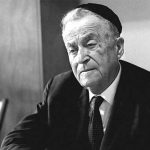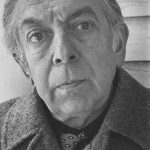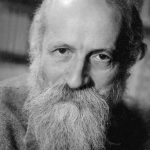Read More – A Jewish Renaissance
Schocken spoke of “falling under the influence of Steinschneider,” and how his “life within the world German literature needed the supplement” of this rich Hebrew literary heritage.
Steinschneider ingenuity at giving a fresh, modern face to Jewish tradition caught Schocken’s attention. He assembled bibliographies of all known works of Hebrew-Spanish literature of medieval Andalusia, and published critical editions. His various bibliographic works narrated an approach to Jewish history far more open than the tradition story of Jewish exile: in his account, Jewish writers and translators were instrumental in the transmission of Greek and Arabic culture to Europe. His study of medieval Spanish culture and poetry portrayed a literary golden age in which Jews lived in constant interaction with the world around them.
If the Arabic-Hebrew hybrid had once given birth to such a spectacular renaissance in medieval Spain, thought Schocken, what could happen by crossing modern Hebrew literature with German philosophy and expressionist poetry? In 1931, he commissioned the scholar Nahum Glatzer and the poet Ludwig Strauss to quarry materials from ancient and medieval Hebrew texts, and then arrange and translate the selected texts in a fashion suitable for modern readers. In interpreting, selecting, and editing the two gave Judaism an openness to the world and especially to its writers, poets, mystics, heretics and outsiders.


